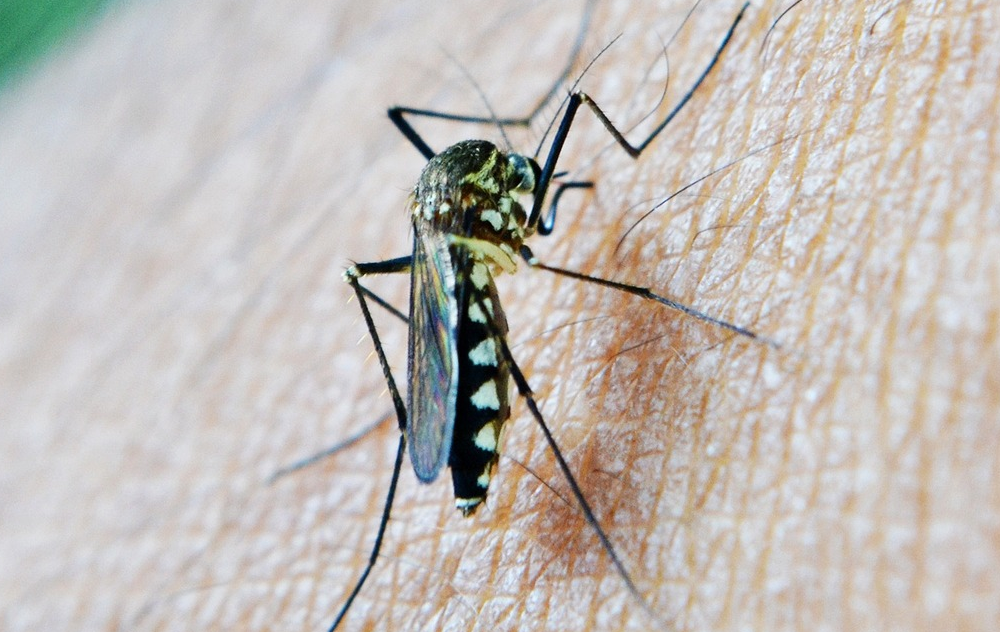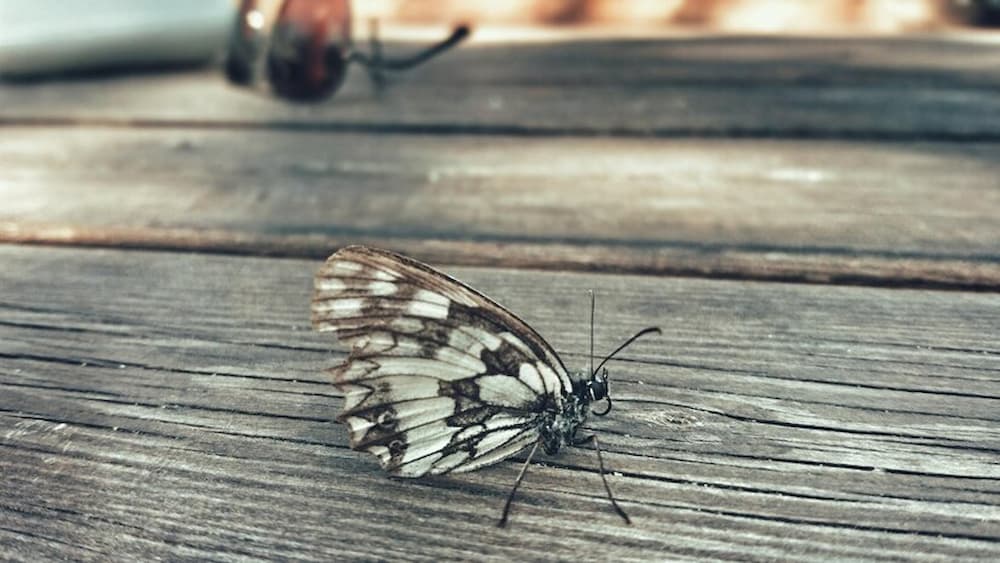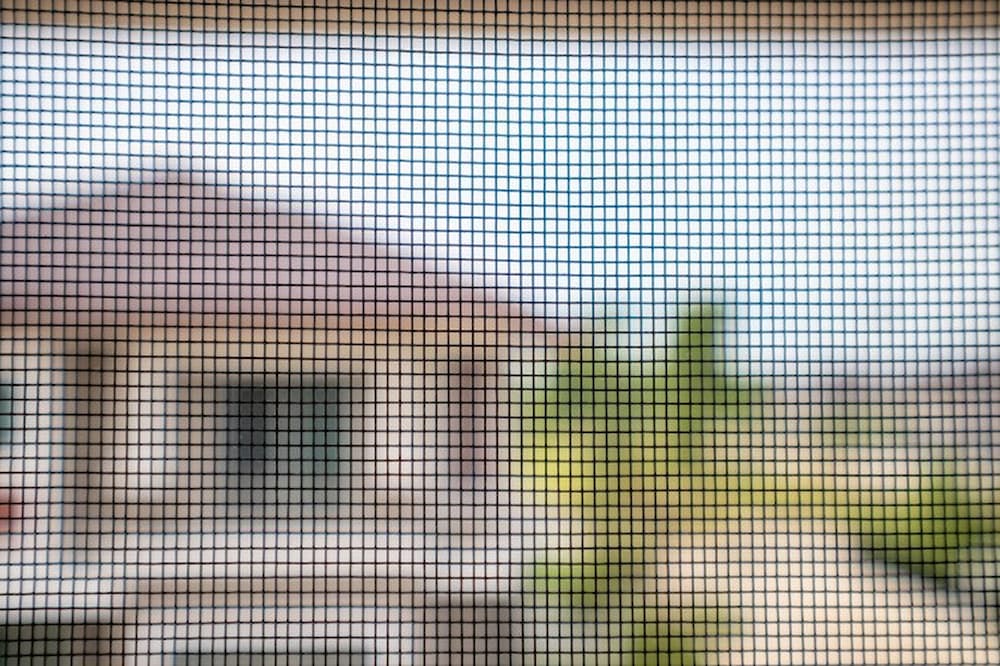Types of Large Mosquitoes: The Most Common Species
Mosquitoes are common insects in many parts of the world, but they are not did you know that there are different types of large mosquitoes? In this article, we will immerse you in the fascinating world of these larger mosquito species and provide detailed information on their characteristics, habitats and behavior. From the imposing Psorophora ciliata to the dreaded ToxorhynchitesIn this section, you will discover a wide variety of large mosquitoes and learn how to recognize them.

1. Psorophora ciliata: The Giant of Mosquitoes
The Psorophora ciliataalso known as the "gallinipper mosquito," is one of the largest mosquitoes in the world. With a size that can reach 2.5 centimeters in length, this mosquito stands out for its robust body and its ability to inflict painful bites. It is commonly found in areas near bodies of stagnant water, where it lays its eggs. Although its bite can be uncomfortable, fortunately, it does not pose a threat to human health.
2. Toxorhynchites: The Predatory Mosquito
In contrast to the mosquitoes that feed on blood, the genus Toxorhynchites is predatory and poses no threat to humans. These large mosquitoes feed on the larvae of other mosquitoes, including species that transmit diseases such as dengue or Zika. Their size and characteristic shiny black color make them easily recognizable. Although they do not pose a danger to people, they are considered beneficial in controlling mosquito populations.
3. Mansonia: The Large Swamp Mosquitoes
Gender Mansonia includes several species of large mosquitoes commonly found in swampy areas and near bodies of water. These mosquitoes are characterized by dark-colored wings and a robust body. Some species of Mansonia are known for their ability to transmit diseases such as filariasis, a parasitic infection that affects humans. It is important to take preventive measures in areas where these mosquitoes are common.
4. Aedes Vexans: The Large and Aggressive Mosquitoes
The Aedes vexans is a large and aggressive mosquito species found in many parts of the world. Unlike other mosquitoes that are more active during dawn and dusk, the Aedes vexans can be active throughout the day. These mosquitoes feed on the blood of various animals, including humans, and are known for their painful bites. In addition, they are potential vectors of diseases such as equine encephalitis and West Nile fever.
These are just a few examples of the types of large mosquitoes that can be found in different parts of the world. It is important to keep in mind that, although some of these mosquitoes may be annoying or pose health risks, there are preventive measures you can take to avoid being bitten. Remember to use insect repellent, wear protective clothing and keep your environment free of mosquito breeding sites.
Knowing the types of large mosquitoes is essential to better understand their behavior and take appropriate measures to protect ourselves from them. Explore the world of these fascinating insects and keep large mosquitoes at bay!
Prevention and Protection against Large Mosquitoes
To avoid the discomfort and risks associated with large mosquitoes, it is important to follow some preventive measures:
- Keep your environment clean and free of standing water, as this is where mosquitoes lay their eggs.
- Use insect repellents containing active ingredients such as DEET or picaridin.
- Wear long-sleeved protective clothing, long pants and socks to reduce skin exposure to stings.
- Install mosquito nets on doors and windows to prevent mosquitoes from entering your home.
- Avoid areas with high mosquito density, especially during dawn and dusk hours.
- Consider using fans or mosquito repellent devices to keep mosquitoes away.
Myths and Facts about Large Mosquitoes
There are many myths surrounding large mosquitoes. Below, we clarify some common beliefs:
- Myth: Large mosquitoes always transmit diseases.
- Reality: Not all large mosquitoes are disease vectors. Some species are harmless to humans.
- Myth: Large mosquitoes are more dangerous than small mosquitoes.
- Reality: The size of the mosquito does not determine its dangerousness. What matters is its ability to transmit disease, regardless of its size.
- Myth: Large mosquitoes always have more painful bites.
- Reality: The level of pain from a mosquito bite depends on each person's individual response, not the size of the mosquito.
What are the most common large mosquitoes in Spain?
In Spain, some of the most common large mosquitoes include:
- Tiger Mosquito (Aedes albopictus)This mosquito, originally from Southeast Asia, has colonized several regions of Spain in recent years. It is characterized by its black body with white stripes and its ability to transmit diseases such as dengue and chikungunya.
- Common mosquito (Culex pipiens): This mosquito is the most widespread and abundant in Spain. It is known for its characteristic buzzing and annoying bites. Although it does not usually transmit serious diseases, it can cause irritation and discomfort. In addition, it is important to distinguishing between the tiger mosquito and the common mosquitoThe last one being the most harmless.
- MAnopheles mosquito (Anopheles spp.): This mosquito species is known for its ability to transmit malaria. Although malaria has been eradicated in Spain, it is important to mention it due to its relevance worldwide and the possibility of importing cases.
- Wetland mosquito (Culiseta longiareolata): This mosquito is found mainly in wet and swampy areas. Although it is not an important vector of disease in Spain, it can be a nuisance due to its abundance in areas with stagnant water.
It is important to keep in mind that the presence and abundance of mosquitoes may vary according to the region and local climatic conditions. Taking appropriate preventive measures is essential to avoid mosquito bites and possible health risks.
In summary, the types of large mosquitoes are fascinating and diverse, but they can also be a nuisance and pose risks to our health. Knowing the different species and understanding their characteristics helps us to take the necessary measures to protect ourselves. Remember to follow the recommendations for prevention and protection to enjoy an environment free of mosquito bites. Maintain a safe and healthy coexistence with these insects.
Ultimately, exploring the world of large mosquitoes gives us a better understanding of their biology and behavior. Through this knowledge, we can take action to prevent their bites and minimize the associated risks. Don't forget to share this information with others interested in learning about large mosquitoes and how to live with them safely.





